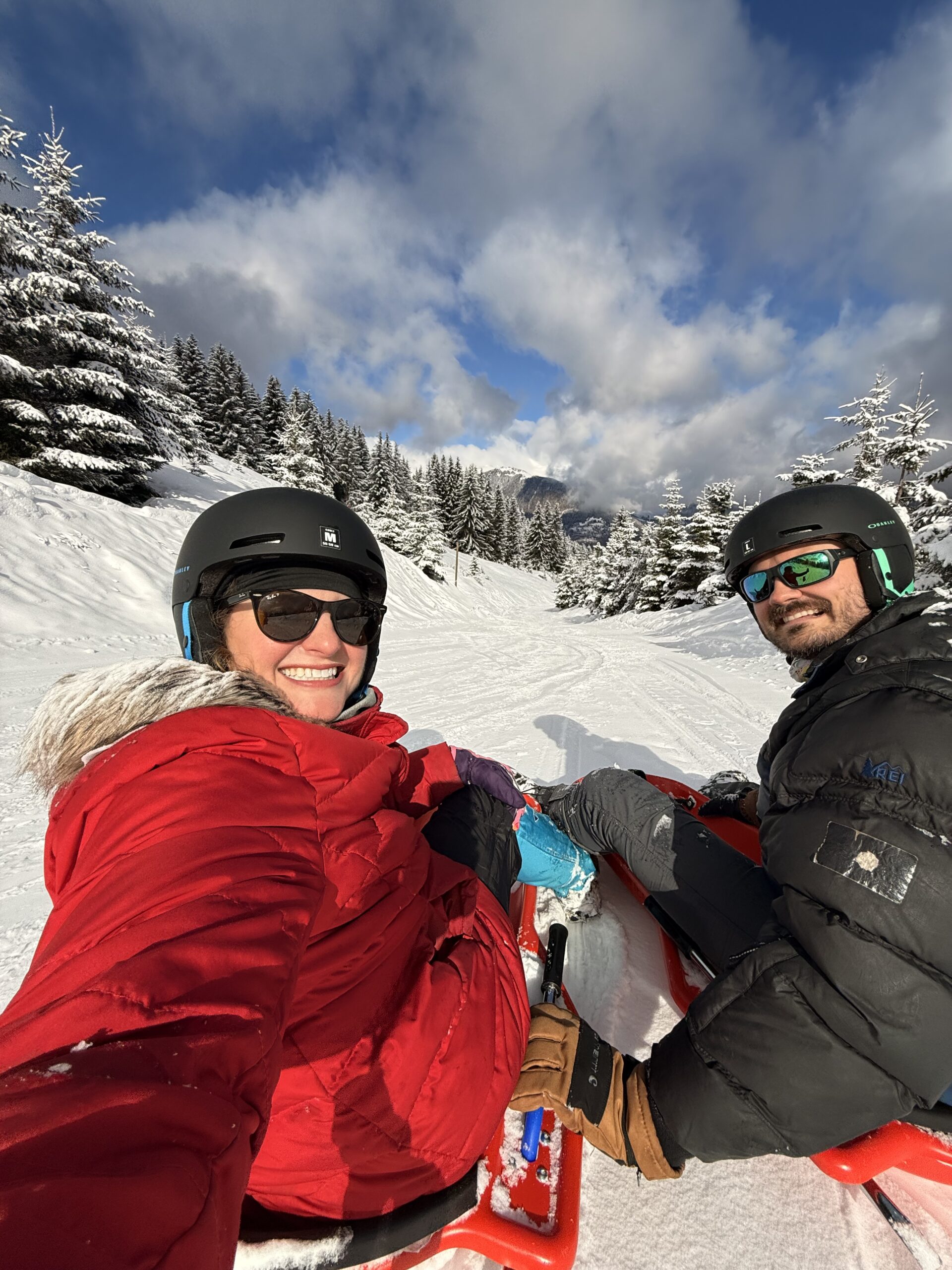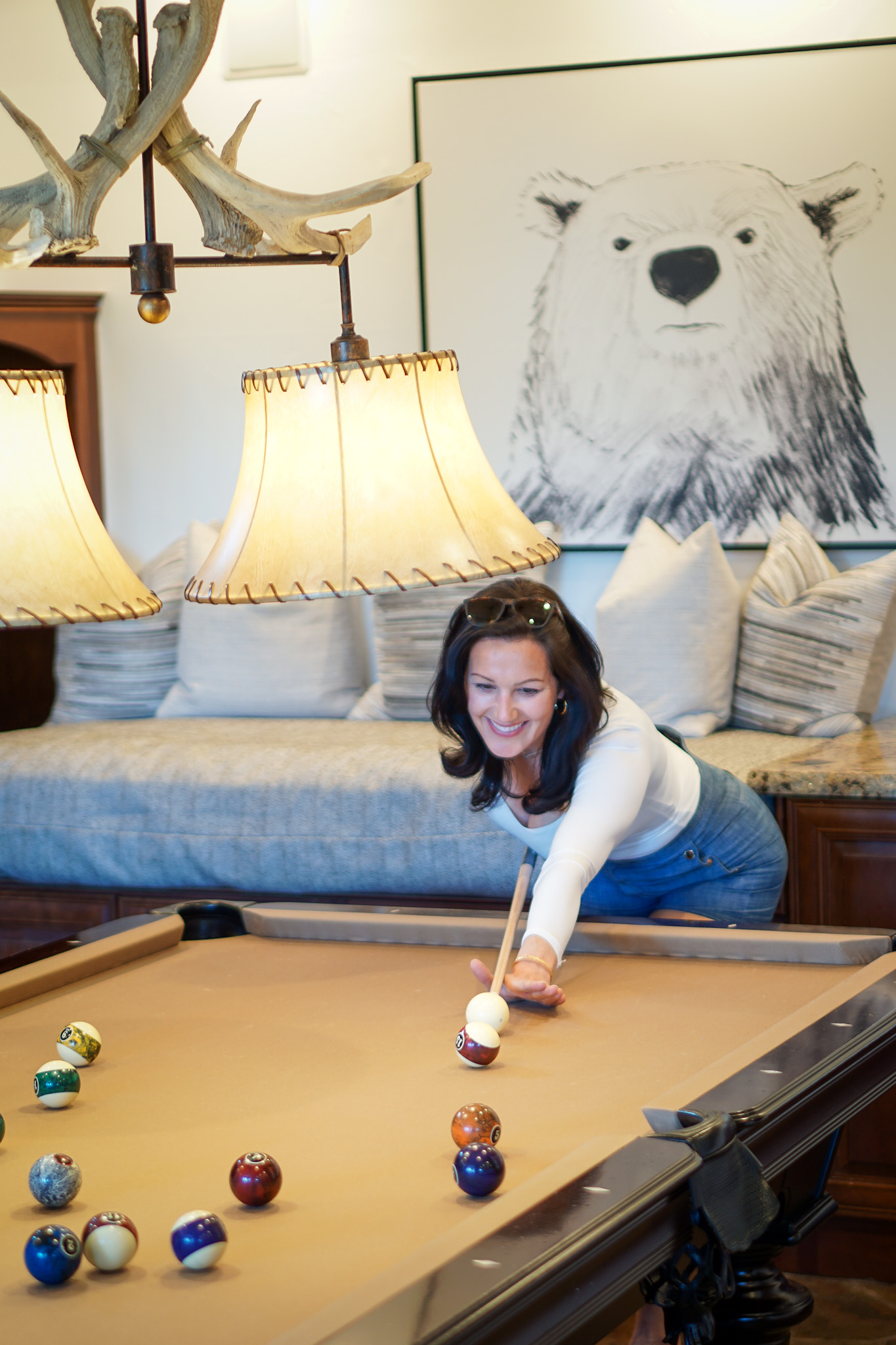From a “sail and ski” trip in Norway to a lift-assisted ski tour in the Dolomites, there’s something in Europe for every type of skier. The post Plan a Ski Touring Vacation in Europe appeared first on Explore Unbound.
EXPLORE UNBOUND
Plan a Ski Touring Vacation in Europe
When you are ready for some serious skiing, Europe is the place to go. In the steep and snowy Alps, you can skin up and descend glaciers for hours on end. Even better, you can enjoy world-renowned cuisine at the end of a hard day touring, including along hut-to-hut routes. With plenty of qualified guide services to choose from, the only challenge of planning a European ski tour is choosing which area to visit. From a “sail and ski” trip in Norway to a lift-assisted tour in the Dolomites, there’s something for every type of skier. Don’t stress too much about the choice, though. You’d be hard-pressed to find a ski region in Europe that isn’t stunningly beautiful, setting the stage for the adventure of a lifetime.



The Haute Route is the ultimate alpine ski route, stretching 75 miles from Chamonix’s Mont Blanc Massif to Zermatt’s Matterhorn, with an elevation gain of +/-19,500 feet. The Valais Alps, home to Switzerland’s highest summits, including 30 peaks above 13,000 feet, are traversed for the majority of the 6-day expedition. By day, you’ll travel glacier landscape, and by night, you’ll warm yourself in snug mountain lodges. However, because the route is so busy, it’s critical to book your guide and/or lodging weeks, if not months, in advance.
Because the Haute Route has several variations, you’ll want to do your homework and choose the one that’s right for you before embarking on this epic trek. The ‘Classic Route,’ which covers several tough ascents, including the famed Plateau du Couloir, is often preferred by ski mountaineers. The ‘Verbier Route,’ which spans more skiable terrain, is chosen by those who prefer skiing to mountaineering. It’s also easier to navigate and has more consistent snow conditions than the Classic Route, making it a better choice for individuals who are new to backcountry travel. Finally, the ‘Grand Lui Route,’ which takes an extra couple of days and allows purists to walk from Chamonix to Zermatt, is one of the most popular alternatives.



Iceland is famed for its breathtaking natural beauty, with landscapes that make you feel as if you’ve landed on another planet. It’s a skier’s wonderland in Trollaskagi. From glacier-carved fjords, jagged peaks soar 4,500 feet, and you can usually ski down to the sea. This means that, especially if you have helicopter assistance, you can fill your days with one lengthy run after another. If you’re looking for a challenge, head to the region’s tallest mountain, Kerling (5,050 feet), and leave the helicopter at home.
Westfjords, in addition to Trollaskagi, is an outstanding ski touring region in Iceland. With such a beautiful coastline, you’ll want to go on a ski and sail adventure if you can. Aside from that, Isafjordur is a fantastic spot to base yourself. It’s also worth booking your trip around AK Extreme, a four-day outdoor festival in Akureyri, or the Iceland Winter Games if you have the time.



Greenland, where few people travel and even fewer dwell, is the last remaining wild place on the planet. It is the world’s most sparsely populated country, yet it is also one of the most beautiful. Naturally, such a spectacular location calls for a spectacular adventure, which you’ll receive with the Schweizerland Alps Traverse. This circular route, which requires 8 hours of skiing each day for 10 days straight (with mandatory rests on bad weather days) will take you through 110 miles of icy fjords, unending glaciers, and mountain peaks, all while towing a sledge.
If the Schweizerland Alps Traverse is not in the cards, individual summits such as Mount Forel (11,100 ft) can be climbed and skied. Western Greenland offers superb ski and sail activities for something truly different. With 20 hours of sunlight for the majority of the ski season, you’ll have plenty of time to enjoy skiing in this wonderful region from the summits to the shore. Eternity Fjord and the Apussuit Glacier are both worth seeing.



Norway is one of only a few countries in the world where you can ski from snow-capped peaks to the Arctic Ocean’s edge. Before surfing cold waves at Unstad Surf Camp, you can even take a sailing journey through Norwegian fjords to access diverse, pristine wilderness terrain. While Norway has many amazing places to ski, some of the best ski touring can be found in Lofoten, with Svolvaer as a base.
Lofoten is famed for its craggy mountains and breathtaking landscapes. Store Trolltind (4,000 feet) is one of the nicest runs in the area, although it can only be reached by boat. If you wish to visit more than one ski region in Norway during your vacation, the Lyngen Alps, Senja Island, and Jotunheimen are all worth visiting. Senja Island is ideal for a sailing and skiing experience, while Jotunheimen is ideal for a multi-day hut-to-hut adventure.



Gran Paradiso, at 13,325 feet, is the highest mountain wholly in Italy. Yet it isn’t the main incentive to climb it. There are plenty of other peaks in the area to conquer for bragging rights, such as Mont Blanc, which is close by (15,750 ft). But from the peak, Gran Paradiso provides unrivaled vistas of the surrounding alpine giants, including Mont Blanc, the Matterhorn, Monta Rosa, and the Grand Jorasses, as well as a thrilling 6,550-foot ski descent.
Most Gran Paradiso summit bids start in Chamonix and last 5 to 6 days, though excursions can be cut short or extended as needed. The fittest (and most acclimated) can even reach the top and return in under two days, but rushing is the last thing you want to do in such magnificent territory. A 6- to 8-day tour will give you more time to explore the surrounding area, including summiting more peaks such as Punta Pallato (10,000 feet) and the Gran Vaudale (11,150 ft).



The Bernese Oberland Traverse is for you if you enjoy multi-day winter excursions and glacier scenery. You don’t need to be an accomplished skier to participate in this trip, unlike many others in the Swiss Alps. This is because, rather than zigzagging up and down from the valley level, the route begins at Jungfraujoch (11,300 ft), Europe’s highest railway station, and continues at a high altitude. The Bernese Oberland Traverse may not have the hardest descents, but it does have some of the greatest views. It also includes a 6,500-foot descent to Lötschental Valley for some last-minute downhill excitement.
The Bernese Oberland Traverse takes around a week to complete, with 4 to 5 hours of skinning per day. The exact route is customizable, although it usually involves stops at Konkordia Hut, Hollandia Hut, Mönchsjoch Hut, Oberaarjoch Hut, and/or Finsteraarhorn Hut, with overnight stays in the same hut while exploring nearby summits. Äbeni Flue (13,000 ft), Weissnollen (11,800 ft), Grosses Wannenhorn (12,800 ft), Finsteraarhorn (14,000 ft), Grünhorn (13,250 ft), and Mittaghorn (12,750 ft) are some of the more popular summits to include on your itinerary.



The Dolomites Circuit is a skiers’ paradise. In contrast to many other ski tours in the Alps, where you have to work for your turns, you can go through the 4 Ladin valleys in a single day: Val Gardena, Val di Fassa, Alta Badia, and Arabba. You can ski almost 25 miles (16 miles on-piste) without ever removing your skis, thanks to an elaborate lift system that allows you to follow the course clockwise or counterclockwise.
If you’re searching for a more challenging task in the Dolomites, head to Marmolada, the range’s highest peak at 10,950 feet. On the mountain’s northern face, you can ski a 4,850-foot run down the Marmolada Glacier. You can also try the ‘Dolomite Haute Route,’ a 6-day tour from Falcade to Cortina d’Ampezzo with incredible views of the surrounding jagged peaks.
The post Plan a Ski Touring Vacation in Europe appeared first on Explore Unbound.














